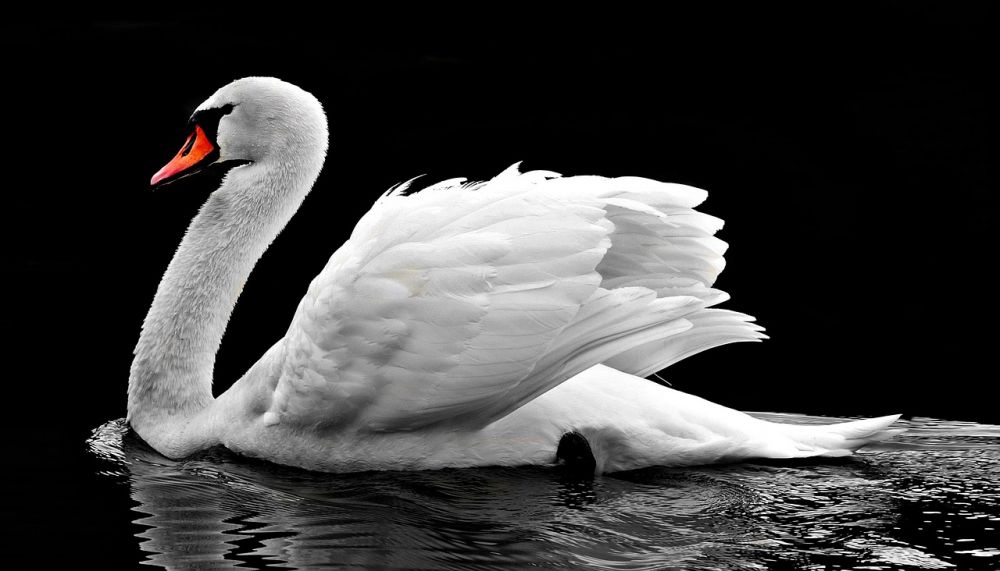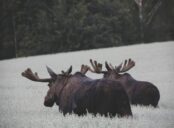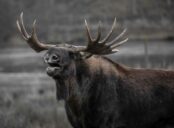Condoresque: The Majestic Bird of the Andes

Introduction
The condor, also known as the vulture of the Andes, is a majestic bird that holds great significance in various cultures across South America. With its impressive wingspan and fascinating behavior, the condor has captivated the attention of bird enthusiasts and researchers alike. In this article, we will delve into the fascinating world of the condor, exploring its characteristics, species, quantitative measurements, differences between species, and a historical overview of its advantages and disadvantages.
Presentation of the Condor Bird

The condor, scientifically classified as Vultur gryphus, belongs to the New World vulture family. It is primarily found in the South American Andes, soaring high above the rugged mountains and deep valleys. The bird is well-known for its striking appearance, featuring a bald head, large wingspan, and a dark plumage that contrasts with the white feathers underneath. The Andean condor, which is the largest flying bird in the world, can reach an astonishing wingspan of up to 10 feet. Its impressive size and wingspan allow it to effortlessly glide through the sky, covering vast distances with minimal effort.
Quantitative Measurements of the Condor
When it comes to quantifying the physical attributes of the condor, several fascinating measurements come into play. The wingspan, as previously mentioned, is a remarkable characteristic of this bird. Researchers have measured the wingspan of male Andean condors to be around 9 to 10 feet, while females generally have a slightly smaller wingspan ranging from 8 to 9 feet. The weight of these birds varies, with males averaging around 33 pounds, and females weighing slightly less at 28 pounds on average.
Differences Between Condor Species
While the Andean condor is the most well-known species, there are actually two distinct species within the condor family. The second species is the California condor, often referred to as the ”American condor.” This species is slightly smaller than its Andean counterpart, with a wingspan ranging from 8 to 9.5 feet. The California condor is critically endangered due to habitat loss and human activities, making it a unique and precious species to protect.
Comparing the Advantages and Disadvantages of Different Condor Species
Each condor species has its own advantages and disadvantages. The Andean condor, with its larger size and wingspan, has an advantage in soaring long distances and covering vast areas in search of food. Its size allows it to scavenge the carcasses of large mammals, making it an important part of the ecosystem’s waste disposal process. On the other hand, the smaller California condor faces challenges such as habitat fragmentation and the loss of suitable feeding grounds. However, its smaller size enables it to navigate through narrower canyons and find food in more secluded areas, giving it an advantage in certain environments.
A Historical Overview of the Condor’s Importance
Throughout history, the condor has held significant importance in various cultures, often being regarded as a spiritual or divine symbol. In the Andean region, the condor is seen as a messenger between the physical and spiritual worlds. Its impressive flight abilities and majestic presence have inspired countless myths, legends, and artistic representations. Unfortunately, as human activities have encroached upon the condor’s habitat, the bird has faced threats such as habitat loss, hunting, and poisoning from toxins. Conservation efforts have been put in place to preserve these magnificent creatures and ensure their survival for future generations.
Conclusion
The condor bird, with its grandeur and significance, continues to capture the imagination of people across the world. Through its impressive wingspan, unique characteristics, and cultural importance, the condor serves as a reminder of the incredible diversity and beauty of our natural world. By understanding and appreciating these birds, we can work towards their conservation and ensure that future generations will also have the privilege of witnessing the majestic flights of the condor.
References:
1. Johnson, R. E. (1981). The vulture. University of California Press.
2. Houston, R. S. (1994). The Andean Condor. Peregrine Falcon Publishing.
3. Delaware Valley Ornithological Club. (n.d.). California Condor Facts. Retrieved from https://www.dvoc.org/Conservation/california_condor_facts.htm





















